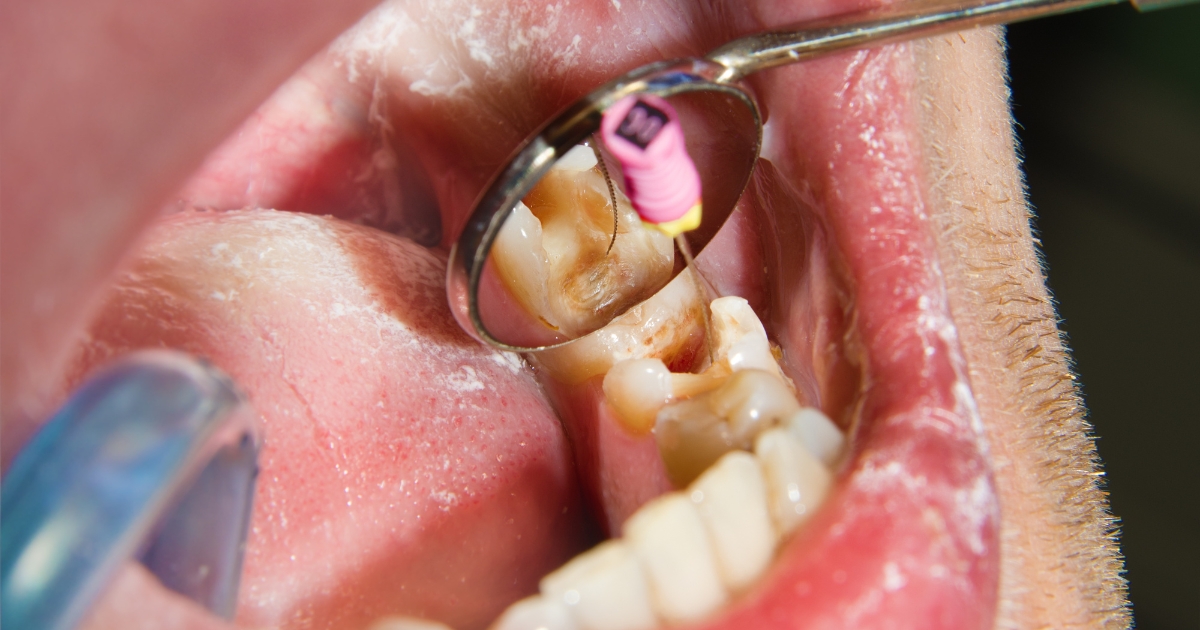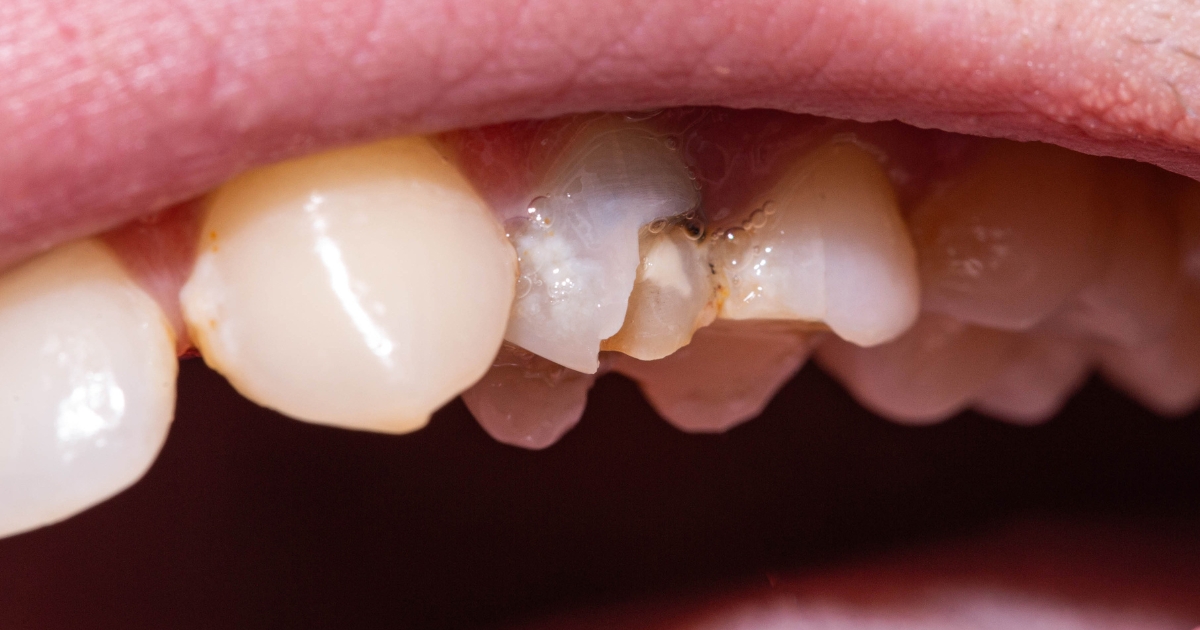Call Us Today 817-737-7668

Traditional endodontic surgery has long been a reliable method for treating complex root canal cases. However, the field of dentistry has evolved, bringing new, less invasive techniques to the forefront. Minimally invasive endodontic surgery (MIES) represents a significant advancement in this area, focusing on offering treatment that is both effective and conserves the maximum amount of natural tooth structure. This blog explores the principles, techniques, benefits, and applications of MIES, offering insights into how it can improve dental care.
A Closer Look at Minimally Invasive Endodontic Procedures
Minimally invasive endodontic surgery aims to address dental issues with minimal impact on surrounding tissues. Unlike traditional methods, which often require larger incisions and more extensive procedures, MIES emphasizes a more conservative approach. The core principles of MIES include:
- Preserving Tooth Structure: One of the primary goals is to maintain as much of the natural tooth as possible. This helps in maintaining the tooth’s strength and functionality.
- Minimizing Tissue Damage: By using advanced techniques, MIES reduces damage to surrounding tissues, which can lead to faster recovery and less discomfort.
Traditional endodontic approaches might involve extensive drilling and large incisions, which can be more invasive and require longer healing times. MIES contrasts with these methods by focusing on precision and minimizing the impact on healthy tissue.
Techniques Used in MIES
Several advanced techniques are used in minimally invasive endodontic surgery. These methods aim to reduce the invasiveness of the procedure and improve patient outcomes:
- Laser Surgery: Lasers are used to precisely remove infected tissue and clean the root canals. This technique is less invasive and often results in less postoperative pain.
- Ultrasonic Surgery: This technique uses ultrasonic vibrations to remove damaged tissue and clean the root canals with high precision. It allows for targeted treatment and less disruption to surrounding areas.
- Microsurgical Techniques: Utilizing magnification and fine instruments, microsurgical techniques enable detailed and precise work. This approach helps in preserving tooth structure and reducing recovery time.
- Computer-Aided Surgery: Advanced imaging and computer-guided surgery tools assist in planning and executing procedures with high accuracy. This technology enhances the precision of treatments and improves overall outcomes.
Each of these techniques plays a role in minimizing tissue damage, leading to better patient experiences and more effective treatments.
Benefits of MIES
The benefits of minimally invasive endodontic surgery are substantial:
- Reduced Postoperative Pain and Swelling: MIES techniques typically do less damage to the surrounding tissues, which results in decreased pain and swelling after the procedure.
- Faster Healing Time: With less invasive methods, patients often experience quicker recovery times, allowing them to return to their normal routines sooner.
- Improved Patient Comfort: MIES techniques are designed to be less uncomfortable for patients, enhancing their overall experience.
- Increased Tooth Preservation: By focusing on preserving natural tooth structure, MIES helps maintain the strength and function of the treated tooth.
- Enhanced Aesthetic Outcomes: Less invasive methods can lead to better cosmetic results, particularly in visible areas of the mouth.
When is MIES Suitable?
Endodontic Surgery in Forney and similar procedures are particularly beneficial in specific cases. MIES is suitable for:
- Complex Root Canal Cases: When traditional methods may be too invasive or risky, MIES offers a more conservative approach.
- Cases with Minimal Tooth Structure: For teeth with limited remaining structure, MIES can help preserve as much of the natural tooth as possible.
- Patients Seeking Less Disruption: Those who prefer less invasive treatments and quicker recovery may benefit from MIES.
The suitability of MIES depends on various factors, including the complexity of the case and the patient’s overall health. Consultation with an endodontist can provide personalized recommendations based on individual needs.
The Role of Technology in MIES
Technology plays a crucial role in the effectiveness of minimally invasive endodontic surgery. Key technological advancements include:
- Advanced Imaging (CBCT): Cone Beam Computed Tomography (CBCT) provides detailed 3D images of the tooth and surrounding structures. This helps in accurate diagnosis and treatment planning.
- Dental Microscopes: Microscopes enhance visibility during surgery, allowing for more precise procedures and better outcomes.
- Other Technological Advancements: Innovations such as digital radiography and improved surgical instruments contribute to the success of MIES.
Partner with an Expert for Optimal Results
Minimally invasive endodontic techniques offer significant advantages for patients seeking effective and less disruptive dental care. Consulting with an endodontist in Forney can help you understand the best options for your specific situation and ensure that you receive the most advanced care available. Staying informed about the latest advancements in dental technology can lead to better outcomes and improved oral health.





